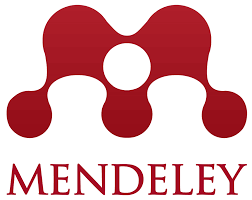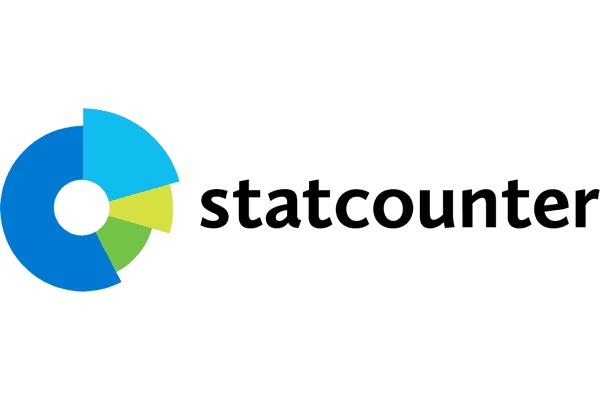Model Pembelajaran Socio-Cultural untuk Meningkatkan Sensitivitas Kebhinekaan
 ),
),
(1) Universitas Negeri Manado
 Corresponding Author
Corresponding Author
Abstract
References
Al-Rabaani, A. H. (2017). Views of Omani post-basic education students about religious and cultural tolerance. Cambridge Journal of Education, 48(1), 87–101.
Borg, W.R & Gall, M.D. (1983). Educational Research an Introduction. USA: Pearson Education.
Dickinson, R., & Sdegno, E. (2010). Nineteenth Century Travel and Cultural Education. Nineteenth-Century Contexts, 32(1), 1–4.
Eggen, P. & Kauchak, D. (2012). Strategi dan Model Pembelajaran: Mengajarkan Konten dan Keterampilan Berpikir Kritis. Jakarta: Indeks.
Goulah, J., & Urbain, O. (2013). Daisaku Ikeda’s philosophy of peace, education proposals, and Soka education: convergences and divergences in peace education. Journal of Peace Education, 10(3), 303–322.
Hanafy, M.S. (2015). Pendidikan Multikultural Dan Dinamika Ruang Kebangsaan. Jurnal Diskursus Islam, 3 (1), 119-157.
Isjoni. (2008). Model-Model Pembelajaran Mutakhir. Yogyakarta: Pustaka Pelajar.
Joyce, B., Weil, M., & Calhoun, E. (2012). Models of Teaching: Model-Model Pengajaran (Eight Edition). Terj. Achmad Fawaid dan Atailla Mirza. Yogyakarta: Pustaka Pelajar.
Latif, Y. (2011). Negara Paripurna. Jakarta: Gramedia Pustaka Utama.
Lestari, G. (2015). Bhinnekha Tunggal Ika: Khasanah Multikultural Indonesia Di Tengah Kehidupan Sara. Jurnal Pendidikan Pancasila dan Kewarganegaraan, 28(1), 31-37.
Mahiri, J. (2017). Introduction: multicultural education and micro-cultural youth. Multicultural Education Review, 9(2), 79–82.
Oliver, P. (1990). Multi-cultural education—A conceptual analysis. The Vocational Aspect of Education, 42(111), 25–28.
Parekh, B. (2005). Unity and Diversity in Multicultural Societies. Geneva: International Institute for Labour Studies.
Posavec, K., & Hrvatic, N. (2000). Intercultural Education and Roma in Croatia. Intercultural Education, 11 (1), 93-105.
Pratas, M.H. (2010). Interculturality and Intercultural Education in Portugal: Recent Developments. Intercultural Education, 21 (4), 317-327.
Rios, F., & Markus, S. (2011). Multicultural Education as a Human Right: Framing Multicultural Education for Citizenship in a Global Age. Multicultural Education Review, 3(2), 1–35.
Rosen, H. (1999). Narrative in Intercultural Education. European Journal of Intercultural Studies, 10:3, 343-353.
Schweitzer, F. (2007). Religious individualization: new challenges to education for tolerance. British Journal of Religious Education, 29(1), 89–100.
Tamashiro, R., & Furnari, E. (2015). Museums for peace: agents and instruments of peace education. Journal of Peace Education, 12(3), 223–235.
Thania Acarón (2018): Movement decision-making in violence prevention and peace practices. Journal of Peace Education, 15(2), 191-215.
Tupas, R. (2014). Intercultural Education in Everyday Practice. Intercultural Education, 25:4, 243-254.
Valiandes, S., Neophytou, L., & Hajisoteriou, C. (2018). Establishing a Framework for Blending Intercultural Education with Differentiated Instruction. Intercultural Education, 29 (3), 379-398.
Yencken, D., Fien, J., & Sykes, H. (2002). Environment, Education and Society in the Asia Pacific: Three Key Questions. International Research in Geographical and Environmental Education, 11(1), 42–47.
Zembylas, M., & Bekerman, Z. (2013). Peace education in the present: dismantling and reconstructing some fundamental theoretical premises. Journal of Peace Education, 10(2), 197–214.
Article Metrics
Abstract View : 554 times
: 554 timesPDF (Bahasa Indonesia)
 Download : 81 times
Download : 81 times
DOI: 10.36412/ce.v6i1.3367
Refbacks
- There are currently no refbacks.
Copyright (c) 2022 Jurnal Civic Education: Media Kajian Pancasila dan Kewarganegaraan

This work is licensed under a Creative Commons Attribution-NonCommercial 4.0 International License.










